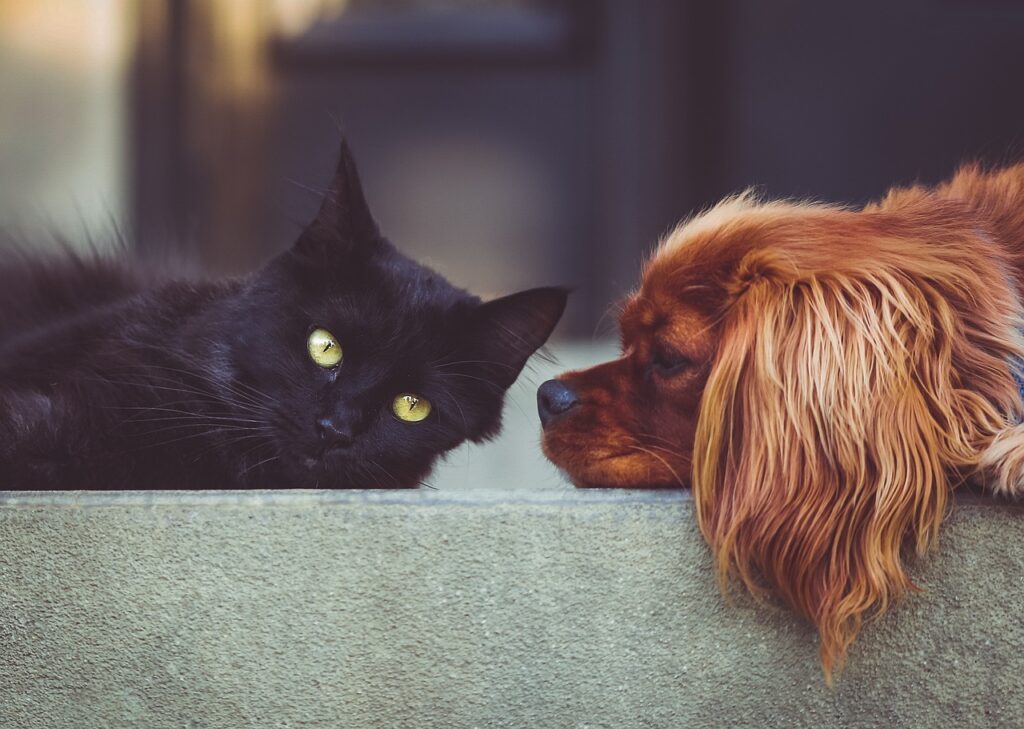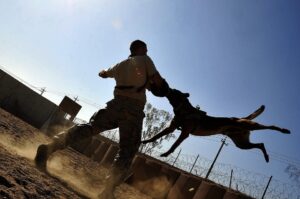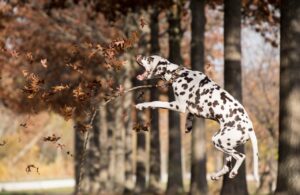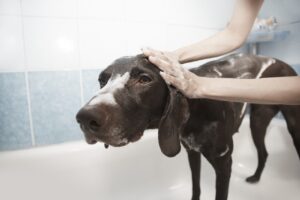
Socialization is a crucial aspect of raising a well-adjusted and friendly dog. It involves exposing your dog to a variety of people, environments, and situations to help them develop confidence and adaptability. Proper socialization can prevent behavioral issues, reduce fear and anxiety, and foster a harmonious relationship between your dog and the world around them.
When to Start Socializing Your Dog
Socialization should ideally start during the puppy stage, between 3 to 14 weeks of age, as this is a critical period for learning and development. However, it’s never too late to begin socializing an adult dog, albeit with a different approach and more patience.
Key Elements of Effective Socialization
Effective socialization involves gradual, positive exposure to a variety of stimuli. The key is to ensure that each experience is positive and enjoyable for your dog. Here are some crucial elements:
Exposure to Different Environments
Introduce your dog to a variety of environments gradually. Start with quiet areas and slowly progress to busier places. This could include parks, streets, dog-friendly cafes, and beaches. Each new environment helps build your dog’s confidence and adaptability.
Meeting Different People
Encourage your dog to meet people of all ages and appearances. This includes adults, children, people with hats, sunglasses, or those wearing uniforms. Ensure interactions are positive, and allow your dog to approach at their own pace.
Interacting with Other Dogs
Socializing with other dogs is vital for developing appropriate canine communication skills. Arrange playdates with friendly, well-behaved dogs, and consider enrolling your dog in a puppy class or dog park visits. Supervise these interactions to ensure they are safe and positive.
Introducing Various Sounds
Dogs can be sensitive to sounds, so exposing them to different noises early on is crucial. Gradually introduce sounds like traffic, thunderstorms, fireworks, and household appliances at a low volume, and reward calm behavior.
Creating Positive Associations
Positive reinforcement is your best tool in socialization. Reward your dog with treats, praise, and affection whenever they respond calmly to new experiences. This helps them associate these new stimuli with positive outcomes, promoting confidence and reducing fear.
Recognizing and Addressing Fear and Anxiety
It’s crucial to recognize signs of fear or anxiety in your dog, such as cowering, barking, or trying to escape. If your dog shows these signs, take a step back and make the experience less intense. Never force your dog into a situation they find overwhelming, as this can lead to increased anxiety and behavioral issues.
The Role of Patience and Consistency
Patience and consistency are key to successful socialization. Every dog learns at their own pace, and rushing the process can be counterproductive. Regular, short sessions are more effective than infrequent, lengthy ones. Consistent exposure to new experiences, reinforced positively, will gradually build your dog’s confidence.
Utilizing Professional Help
If you find socialization challenging, consider seeking help from a professional dog trainer or behaviorist. They can provide guidance tailored to your dog’s specific needs and help address any behavioral issues that may arise during the socialization process.
Creating a Safe and Controlled Environment
When introducing your dog to new experiences, ensure the environment is safe and controlled. Use a leash to maintain control and ensure your dog feels secure. Always supervise interactions, especially with other dogs and children, to prevent any negative experiences.
Common Socialization Challenges and Solutions
During the socialization process, you may encounter challenges such as fear, aggression, or overexcitement. Here are some solutions:
Fear
If your dog is fearful, proceed at a slower pace. Allow them to observe from a distance and gradually decrease the distance as their confidence grows. Pair each step with positive reinforcement.
Aggression
Aggression often stems from fear or lack of socialization. Consult a professional trainer to address aggressive behavior. They can create a tailored plan to manage and reduce aggression through controlled exposure and positive reinforcement.
Overexcitement
For dogs that become overly excited during socialization, practice impulse control exercises such as “sit” and “stay.” Reward calm behavior and gradually increase the level of distraction as they improve.
Monitoring Progress and Adjusting Techniques
Keep track of your dog’s progress by noting their reactions to new experiences. Adjust your techniques based on their comfort level and progress. Celebrate small victories and remain patient and flexible throughout the process.
Benefits of a Well-Socialized Dog
A well-socialized dog is confident, adaptable, and enjoys a higher quality of life. They are less likely to develop behavioral issues, making them more enjoyable companions. Additionally, socialized dogs are more welcome in public spaces and social settings, allowing for a richer, more fulfilling life for both you and your dog.
Conclusion
Socialization is a fundamental aspect of raising a friendly, well-adjusted dog. By understanding the importance of socialization, starting early, and employing effective techniques, you can help your dog develop into a confident and happy companion. Remember to be patient, consistent, and positive throughout the process, and don’t hesitate to seek professional guidance if needed. With dedication and love, you can ensure your dog becomes a friendly and cherished member of your community.
#ChatGPT assisted in the creation of this article.






